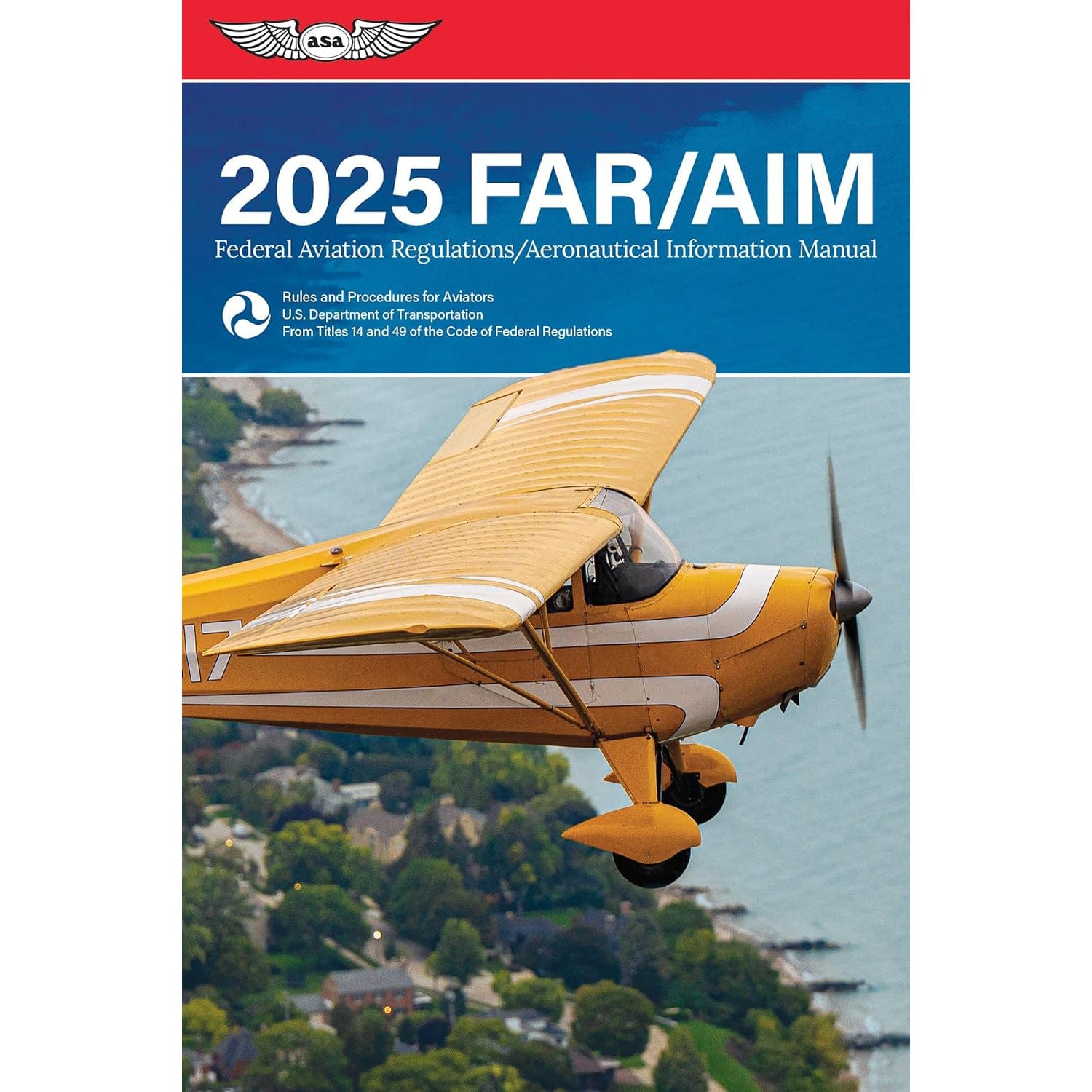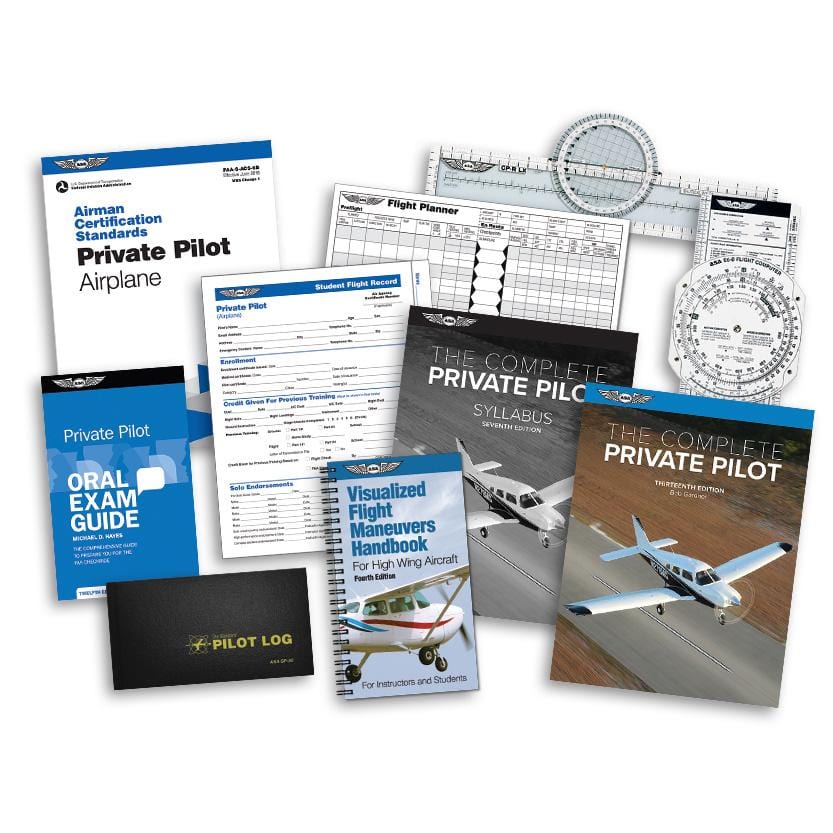¿Sientes curiosidad por saber cómo los pilotos alinean perfectamente sus aviones con la pista? O tal vez estás comenzando tu propio viaje en la aviación para convertirte en piloto. De cualquier manera, aprender todo sobre los diferentes sistemas de iluminación de pista te resultará de gran utilidad.
En este artículo exploraremos todo lo que hay que saber sobre las luces VASI.
¡Comencemos a aprender más sobre ellos!
RESUMEN
-
Las luces VASI se utilizan para ayudar a los pilotos a mantener la pendiente de planeo adecuada durante los aterrizajes.
-
Las señales de luz roja y blanca proporcionan una guía de alto contraste.
-
Los sistemas PAPI son más nuevos, pero VASI sigue utilizándose ampliamente en muchos aeropuertos.

¿Qué es una luz VASI?
Si miras hacia el lado izquierdo de la pista y ves 4 luces en grupos de 2, lo más probable es que sea VASI.
El indicador visual de pendiente de aproximación (VASI) es un sistema de luces ubicado cerca del umbral de la pista. Ayuda a los pilotos a mantener la trayectoria de planeo adecuada durante una aproximación.
El propósito de VASI es reducir el riesgo de aterrizar demasiado corto o de cometer el error de sobrepasar la pista.
El sistema de VASI suele estar formado por dos o tres barras de luces, denominadas:
-
Cerca del bar.
-
Barra central.
-
Barra lejana.
Cada barra contiene unidades de luz dispuestas en conjuntos de 2, 4, 6, 12 o 16.
Con el indicador de pendiente de aproximación visual, lo más común es la configuración de dos barras con barras cercanas y lejanas.

Opciones de ruta de planeo
-
VASI de dos barras : proporciona una única trayectoria de planeo, generalmente establecida en 3 grados.
-
VASI de tres barras : ofrece dos trayectorias de planeo:
-
Trayectoria de planeo inferior : barras cercanas y medias, generalmente a 3 grados.
-
Trayectoria de planeo superior : barras intermedias y lejanas, 3,25 grados, para aeronaves con cabina alta.
-
Lo mejor de VASI es que sus trayectorias de planeo proporcionan una guía de descenso visual al tiempo que garantizan que usted tenga un espacio libre de obstáculos de hasta 4 millas náuticas (NM) desde el umbral de la pista y dentro de los 10 grados de la línea central de la pista.

¿Cómo ayudan las luces VASI?
VASI le brinda al piloto una respuesta visual inmediata. Puede ver las luces claramente desde la distancia mientras está en la aproximación final y determinar si está demasiado alto o demasiado bajo.
Los sistemas VASI están diseñados para reducir la probabilidad de que usted experimente un aterrizaje forzoso, una aproximación frustrada o un desborde de la pista.
Esta ayuda visual es realmente útil, ya que permite realizar correcciones mucho antes de llegar a la pista. La diferenciación de colores rojo y blanco del sistema permite evaluar instantáneamente la posición:
-
Debajo de la trayectoria de planeo : Ambas barras aparecen en rojo.
-
En la trayectoria de planeo : la barra cercana aparece blanca y la barra lejana aparece roja.
-
Por encima de la trayectoria de planeo : ambas barras aparecen en blanco.
Para simplificar y dejarlo claro: cuando se alinea correctamente con un sistema VASI de dos barras, las luces se mostrarán rojas en la barra superior y blancas en la barra inferior .
Esta configuración se conoce comúnmente como “rojo sobre blanco” y es una forma sencilla para que los pilotos confirmen que están en la pendiente de planeo adecuada.
Estas simples combinaciones de colores están diseñadas para brindarle señales visuales simples y claras durante su aproximación a la tierra.
Consideraciones adicionales
-
En algunos lugares, los ángulos de planeo VASI pueden ser más pronunciados que los 3 grados estándar. Pueden alcanzar hasta 4,5 grados para un despeje adecuado de obstáculos. Los pilotos que vuelan aeronaves de alto rendimiento deben ser especialmente cautelosos con los ángulos más pronunciados, ya que pueden aumentar sus distancias de aterrizaje y de aterrizaje.
-
El sistema VASI no proporciona guía de rumbo lateral, algo que normalmente ofrecen las luces o marcas de la pista.

¿Cuál es la diferencia entre las luces PAPI y VASI?
Las luces PAPI (indicador de trayectoria de aproximación de precisión) y las luces VASI pueden ayudar a cumplir una función similar, pero difieren tanto en su configuración como en su diseño.
-
Configuración
-
Las luces VASI utilizan dos o tres barras de luz colocadas horizontalmente.
-
Las luces PAPI utilizan una sola fila de cuatro luces colocadas horizontalmente.
-
-
Precisión
-
Los sistemas PAPI ofrecen una resolución más fina con cuatro unidades de luz para estas indicaciones: “4 blancas” (demasiado alto), “3 luces blancas/1 roja” (ligeramente alto), “2 blancas/2 rojas” (en pendiente), “3 rojas/1 blanca” (ligeramente bajo), “4 luces rojas” (demasiado bajo).
-
Las luces VASI son más simples y muestran "alto", "en pendiente" o "bajo".
-
-
Visibilidad
-
La configuración de una sola fila de luces PAPI es mucho más fácil de ubicar visualmente desde el aire.
-
La configuración de múltiples barras de las luces VASI puede requerir un poco más de esfuerzo para interpretarla para los pilotos que no están familiarizados con el sistema.
-
De cualquier manera, ambos sistemas son muy útiles para guiarlo desde el cielo hasta la pista para un aterrizaje de aproximación visual.

Cómo leer las luces VASI de 3 barras
Un sistema VASI de 3 barras proporciona guía adicional para aeronaves más grandes, que tienen un ángulo de aproximación más pronunciado en comparación con aviones más pequeños como el Cessna 172.
Interpretaciones visuales de sistemas VASI de 3 barras
-
Debajo de ambas trayectorias de planeo : las tres barras aparecen en rojo.
-
En la trayectoria de planeo inferior : la barra cercana aparece blanca y las barras del medio y la lejana aparecen rojas.
-
En la trayectoria de planeo superior : las barras cercanas y del medio aparecen blancas, y la barra lejana aparece roja.
-
Por encima de ambas trayectorias de planeo : las tres barras aparecen en blanco.
Básicamente esto: ¿ Todas las barras en rojo? Estás demasiado bajo. ¿Todas las barras en blanco? Estás demasiado alto.
La barra adicional en un VASI de 3 barras le brinda un ángulo de trayectoria de planeo más alto para aeronaves de cabina alta mientras mantiene la pendiente de planeo estándar para aeronaves más pequeñas.
Colocación y Cobertura
Un sistema de iluminación de pista VASI con 2, 4 o 6 unidades de luces generalmente se instala en un lado de la pista, generalmente el izquierdo.
Se colocan sistemas más grandes con 12 o 16 luces en ambos lados. Esto está diseñado para que tenga visibilidad de 3 a 5 millas durante el día y hasta 20 millas o más durante la noche.

Preguntas frecuentes
-
¿Qué significa una señal VASI completamente blanca?
Estás demasiado alto por encima de la senda de planeo.
-
¿Por qué las luces VASI son rojas y blancas?
Los colores proporcionan señales claras y de alto contraste que son fácilmente perceptibles.
-
¿Pueden utilizarse los sistemas VASI en todas las condiciones climáticas?
Son visibles en la mayoría de las condiciones, pero pueden ser menos efectivos en condiciones de visibilidad extremadamente baja, por ejemplo, niebla espesa.
-
¿A qué distancia se pueden ver las luces VASI?
Por lo general, son visibles desde unas 3 a 5 millas durante el día y hasta 20 millas o más durante la noche.
-
¿Todos los aeropuertos tienen luces VASI?
No todos; algunos utilizan sistemas PAPI u otras herramientas de guía visual.
-
¿Los sistemas VASI están siendo reemplazados por tecnologías más nuevas?
Si bien los sistemas más nuevos como PAPI son más comunes, VASI sigue siendo ampliamente utilizado.
Llevar
Ahora que está equipado con el conocimiento de cómo funciona VASI, intente buscar estos sistemas la próxima vez que llegue a su aproximación final en su FBO local.
¡Vuela seguro!
¿Interesado en sistemas de iluminación de aviación?
¡Nuestras guías están diseñadas para ayudar!
-
Luces de pista de aeropuerto: espaciado y colores (todos los detalles)
-
Luces de cabina: cómo elegir el conjunto adecuado para volar de noche
-
Las 11 señales de luz que todo piloto debe conocer (y cómo responder)
¿Le resultó útil este artículo?
¿Crees que nos hemos olvidado de alguna pregunta importante de la entrevista? ¡Cuéntanoslo en los comentarios a continuación!







